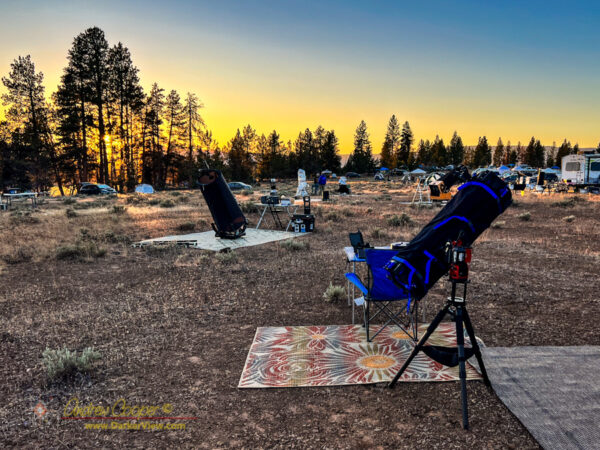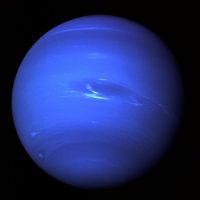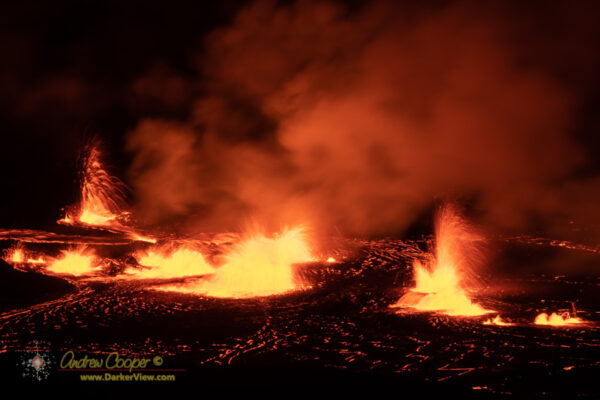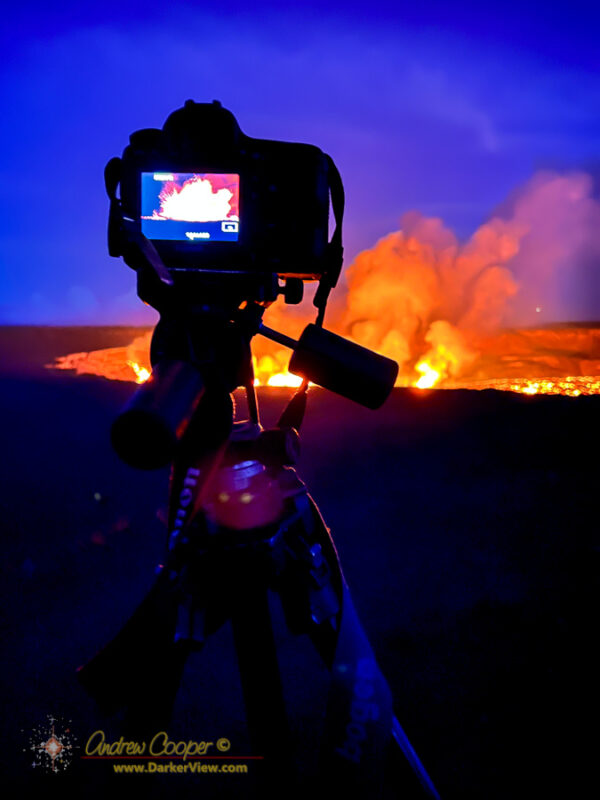I have been getting quite a bit of telescope time in lately, mostly in the driveway, usually using the old 8″ Astrola. I find myself awake at 4am often enough, and can get in a pleasant hour of observing before dawn.

When you want to see the stars, find someplace dark
I have been getting quite a bit of telescope time in lately, mostly in the driveway, usually using the old 8″ Astrola. I find myself awake at 4am often enough, and can get in a pleasant hour of observing before dawn.

Living in the islands provides excellent observing for an amateur astronomer such as myself, but there are drawbacks. I do miss the large star parties, getting together with hundreds of other observers to see other telescope setups, to learn, and to share the sky.
Thus I have made a habit of traveling to the mainland once in a while to attend one of the larger star parties. This year I will again attend Oregon Star Party. It has been a while, the last time was 2017, the year of the total solar eclipse.
Traveling from the islands to a star party makes it a challenge to bring a large telescope. Last time I borrowed an 11”, not a bad solution, it worked, but it was not my ‘scope. This time I was determined to realize a long considered idea, to build a substantially sized travel telescope. Thus Holoholo was designed and built, a 10.1” f/4.5 travel ‘scope.
Continue reading “Holoholo – A 10.1” f/4.5 Travel Telescope”So… One of those random things that get suggested by the YouTube algorithm is a guy mining gold in the Mount Baker area. I watch a one, interesting enough to kill a few minutes while I wait for a 3D render to complete.
The second video I watch is about his “New gold mine“. While he is very quiet about the mine’s location and never once mentions the name of the mine, it does look very familiar indeed… High on the side of a mountain with spectacular scenery in the background… Yes, I have been there…


Today the planet Neptune will pass through opposition, directly opposite the Sun in our sky. The planet will be well placed for observation all night long, rising at sunset, transiting at midnight, and setting at sunrise. If you are looking to observe Neptune, it is currently shining at magnitude 7.8 in southern Pisces just south of the circlet .

As the outer planets Uranus and Neptune move so slowly across the sky, the timing of oppositions is driven by the Earth’s orbit and occur each year at nearly the same time. Neptune’s orbital period is 164.8 years, taking over a century and a half to circle the celestial globe once. As Neptune was discovered in 1846, it has completed a little over one orbit since discovery.
The Kilauea eruption that started one week ago today is pau. To translate that from Hawaiian to English… Done.
The eruption had notably waned over the last couple days, comments on social media and webcam video indicating sluggish spatter within the small cones that had built up over the last week around the fissures. Last night numerous small bits of glow were visible all across the crater floor, but no fountaining was in evidence.
Today’s USGS Volcano Observatory report is clear… “The Kīlauea summit eruption that began on September 10th stopped yesterday, September 16th, and is unlikely to restart.”
So we wait for the next one, any bets?


My Facebook post describing a last moment mission to the volcano caught the attention of one of our local reporters. Result? An interview and a little piece about volcano viewing carried on several of the local media outlets. Nothing serious, they are just trying to capture the event of the moment and the local response. Perhaps something positive in the face of all the tragic fallout from the Lahaina disaster that fills the local news. Not my first time in the news, but the first time in a while, it is always fun…
Watching the recent and repeated eruptions in the Kilauea caldera has made an interesting bit of info clear… The first few hours are the most spectacular.
Months of inflation Kilauea had stored large quanities of gas and built up a considerable amount of pressure, enough pressure to lift the megatons of rock above the magma chamber and cause the entire summit region to swell outwards.
Beween eruptions USGS geologists and armchair vulcanologists like myself keep an eye on the tiltmeters as the pressure in the volcano builds, awaiting the time that accumulating magma and increased pressure bursts through the overlying rock to begin a new eruptive cycle.
At 15:13 HST Sunday afternoon that moment came.
Continue reading “The First Few Hours”